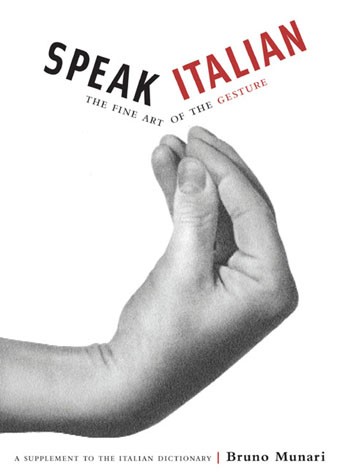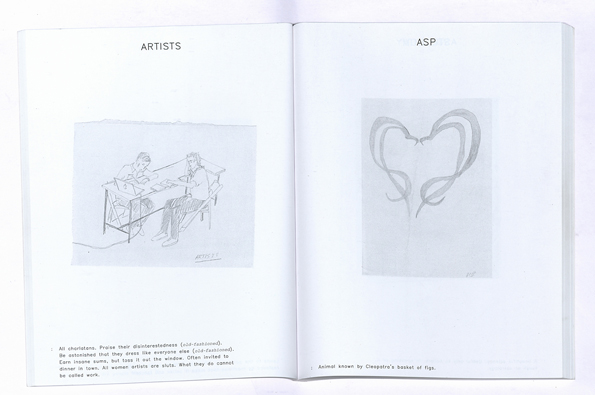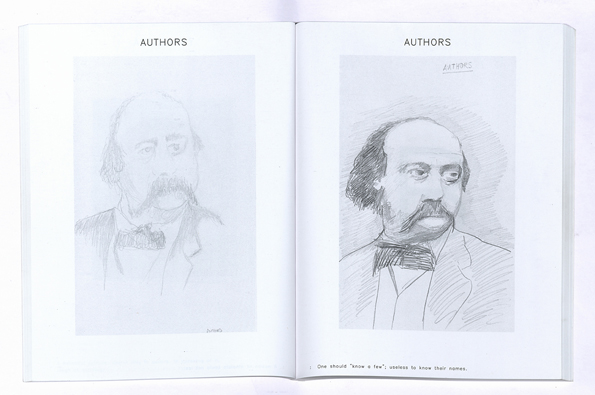The Illustrated Dictionary of Received Ideas
Gareth Long & Derek Sullivan
Drawing Session/Performance – Smack Mellon, Brooklyn, USA. June 2009.
2009-ongoing
Since 2009 Gareth Long and Derek Sullivan have worked towards an on-going project to illustrate and translate Flaubert’s Dictionary of Received Ideas. Seated at an iteration of Long’s Bouvard and Pécuchet’s Invented Desk For Copying, a series of desk-sculptures pulled from the unfinished pages of Gustave Flaubert’s incomplete last novel, the two artists intend eventually to illustrate every entry in Flaubert’s posthumously published satirical dictionary – a text that contains 950 biting and surprisingly contemporary entries lampooning bourgeois French society of the time. Flaubert had intended to include this text as part of the second half of the novel Bouvard and Pécuchet. Long and Sullivan’s project has them draw images copied from the Internet (the dilettante’s library of today, and one that parallels the vast library embedded within Flaubert’s novel) which brings the surprisingly contemporary platitudes up to date, and match Flaubert’s own caustic wit and meta-references with a disarmingly funny, charming (and sometimes school-boyish) sense of humour. Just as the desk-sculptures act as an illustration of the final moments of the novel, with Long and Sullivan seated at them, they too become a sort of extended illustration of the eponymous characters. A self-professed ‘crap drawer,’ Long’s lack of skill as an illustrator for the Dictionary is a form of illustration itself: his drawings are obviously those of an amateur, just as Bouvard and Pécuchet are destined to remain amateurs in each of their endeavours. And so, by ‘copying’ the two characters in the novel, Long and Sullivan’s drawing sessions contribute to the seemingly endless cycle of mimicry and citation taking place in the book.
Long and Sullivan compile their collected illustrations in an on-going series of bookworks (there are 6 iterations to date), designed by Mike Gallagher, titled The Illustrated Dictionary of Received Ideas.
Long and Sullivan have worked on the Dictionary through more than 23 illustrating sessions to date, which have included public drawing sessions at MoMA PS1, Printed Matter, Smack Mellon, Kate Werble Gallery, and the Bloomberg Building in New York; The Power Plant, Mercer Union, Art Metropole, the AGYU, Oakville Galleries and Jessica Bradley Art + Projects in Toronto; The Southern Alberta Art Gallery, Lethbridge; READ Books at the Charles H. Scott Gallery, Vancouver; The Musée juste pour rire in Montreal; Flat Time House in London, England; Shandy Hall in Coxwold, England; and Wiels in Brussels.




